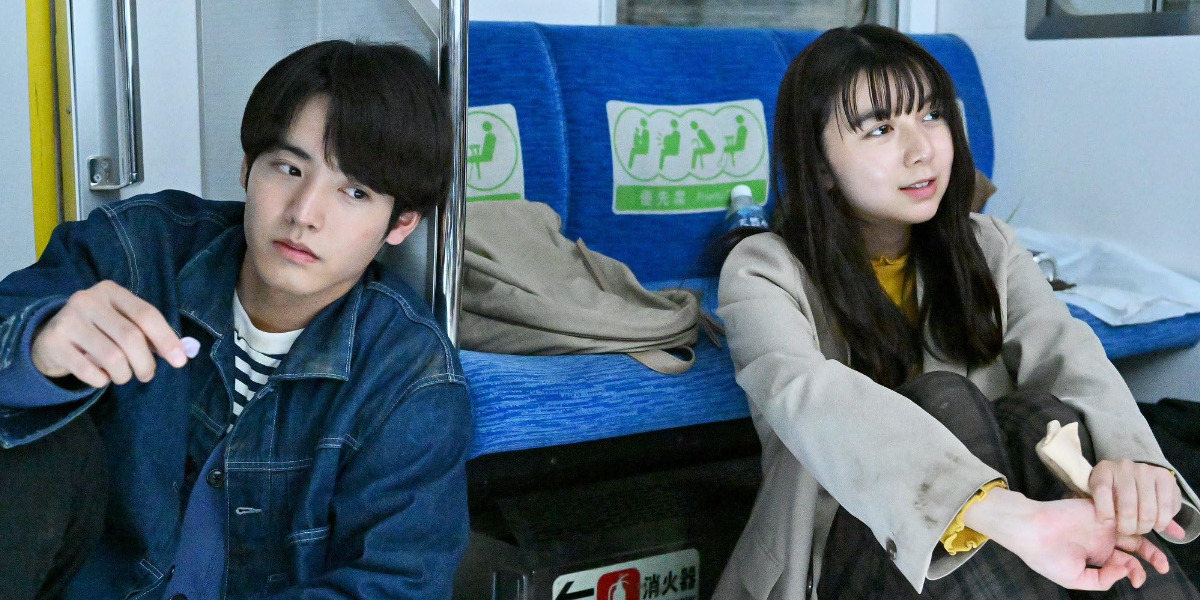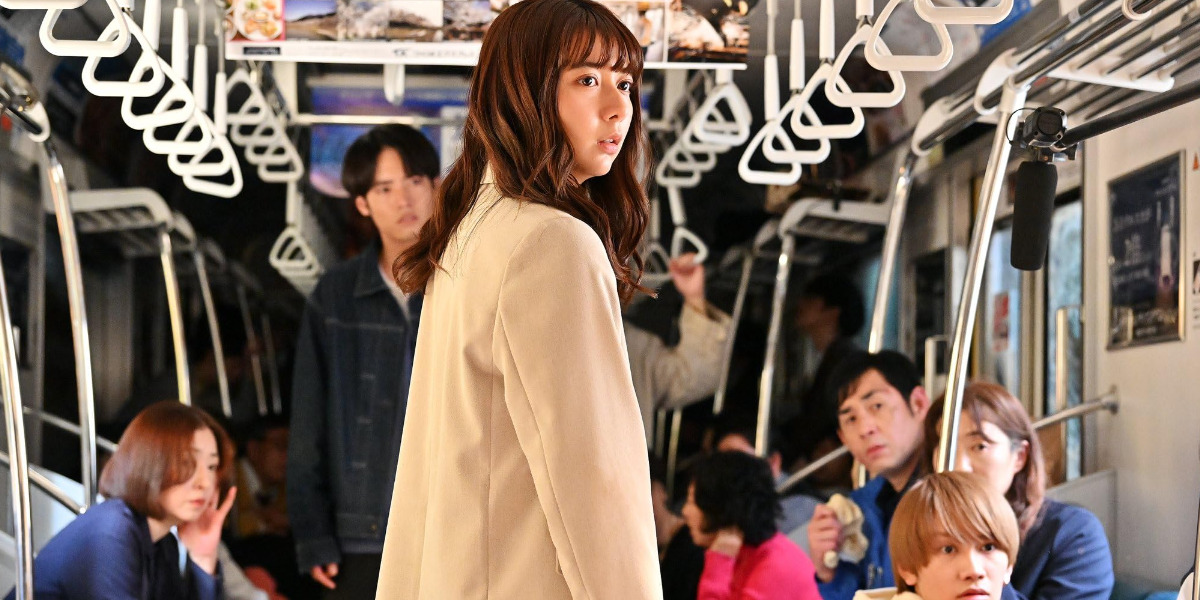Delving into the dystopian post-apocalyptic world, ‘Pending Train,’ a Japanese sci-fi thriller show, follows a survival story of a group of misfits who find hope and strength in each other’s company. By chance, Naoya Kayashima, a hairdresser with a tense past, finds himself on the same train as firefighter Yuto Shirahama and high school gym teacher Sae Hatano. After their train car somehow ends up decades into the future in the middle of a precariously vegetated desert, the trio must work together to maintain harmony with the other passengers and find a way back to the year 2023.
‘Pending Train,’ although a drama at heart, possesses a complex space-time mechanism instrumental to the series’ base premise. Since the show equips a thrilling unfolding when it comes to its time-traveling elements, key features reveal themselves in bulk over time which can cause some confusion. Therefore, let’s dive into these concepts as they’re presented in the show to understand how time travel works in ‘Pending Train.’ SPOILERS AHEAD!
What Does Time Travel Work in Pending Train?
The Tsukuba Express’s car-five passengers enter a strange predicament when an earthquake derails their train upon a tunnel entrance. The incident sends their train car into a remote forest surrounded by the empty desert. At first, the passengers assume they have been transported to an unknown land, and they’re simply lost geographically. However, as they explore more of their surroundings, the realization that they’re lost in time dawns upon them.

Following the discovery, some characters like Tanaka, Takehiro, and Rena immediately lose their cool. On the other hand, people like nerdy Shodai Kato and his friend Daichi Yonezawa try to come up with theories to explain their current situation. Ultimately, after the wormhole that brought the train car into the future opens again during an intense storm, Yuto and the others finally begin to grasp the intricacies behind their unintentional space-time travel.
In the year 2026, a massive asteroid, manipulated by human-made space debris, hits the Earth, dispersing shards of small meteorites everywhere. When Yuto and Naoya discover these meteorites, they become crucial to the group’s understanding of time travel. The day the train underwent the incident that sent cars five and six hurling to the future, one of the passengers, a small kid named Masaru, noticed a shooting star in broad daylight.
Although the bright heat emission gives the impression of a shooting star to the kid, it is actually a supernova event that triggers the Earth’s magnetosphere. The magnetosphere surrounds the Earth’s celestial body and is affected by the planet’s magnetic field. The disturbance in the magnetosphere and the high-energy supernova event result in a massive black hole ripping into space-time, which opens a wormhole in the train tunnel. The wormhole’s other end opens far into the future to a post-apocalyptic land where humans have ceased to exist.
Although this hole in the space-time continuum remains unrepaired, it takes high-energy natural phenomena to activate the wormholes again. In that regard, the wormholes utilize the same mechanics as the meteorites to make their presence known. As such, a wormhole opens during an earthquake at first and then reopens with an intense storm. During the latter, Naoya, Yuto, and the others witness the wormhole ripping in the tunnel at the same spot it did before.
With Kato’s help, who references the studies of a world-renowned physics professor from his University, Yuto and Naoya figure out how to utilize the wormhole to their benefit. Since a wormhole is essentially a gateway between two places between time and space, the team hypothesizes that if they travel through the wormhole, they’ll arrive in the past again. Using the train car as the medium, the team arms it with electrical wiring and feeds electricity to it through an old railway substation.
The electrically charged train attracts the wormhole and warps into it, traveling to the latter’s other side. However, since the specifics behind car-five’s space-time travel drastically differ from its initial travel, the results vary accordingly. Time travel is an intricate process that Yuto and the others barely understand. Due to the same, it is possible that the second wormhole the passengers travel through is different than the one before. Therefore, although its entry point remains the same at the tunnel far into the future, the exit point changes from 2023 to 2026.
For the most part, time travel itself remains a mystery to the narrative since the characters can’t successfully replicate it at will. Instead, it presents as a natural phenomenon caused by natural disturbances in energy fields. The wormholes act as conduits that bring the possibility of time travel to the story. Yet, the mechanics behind it are wildly chaotic and impossible to understand.
The same plays into the story effectively and draws a parallel to the world’s current understanding of such phenomena. Ultimately, time traveling is always accidental in the series, yet its transportation element perfectly complements the show’s thematic focus on trains. The wormhole is a tunnel and time travel, a journey that takes the unwitting passengers into a transformative expedition.
Read More: Pending Train Season 2: Renewal Possibilities Explored

